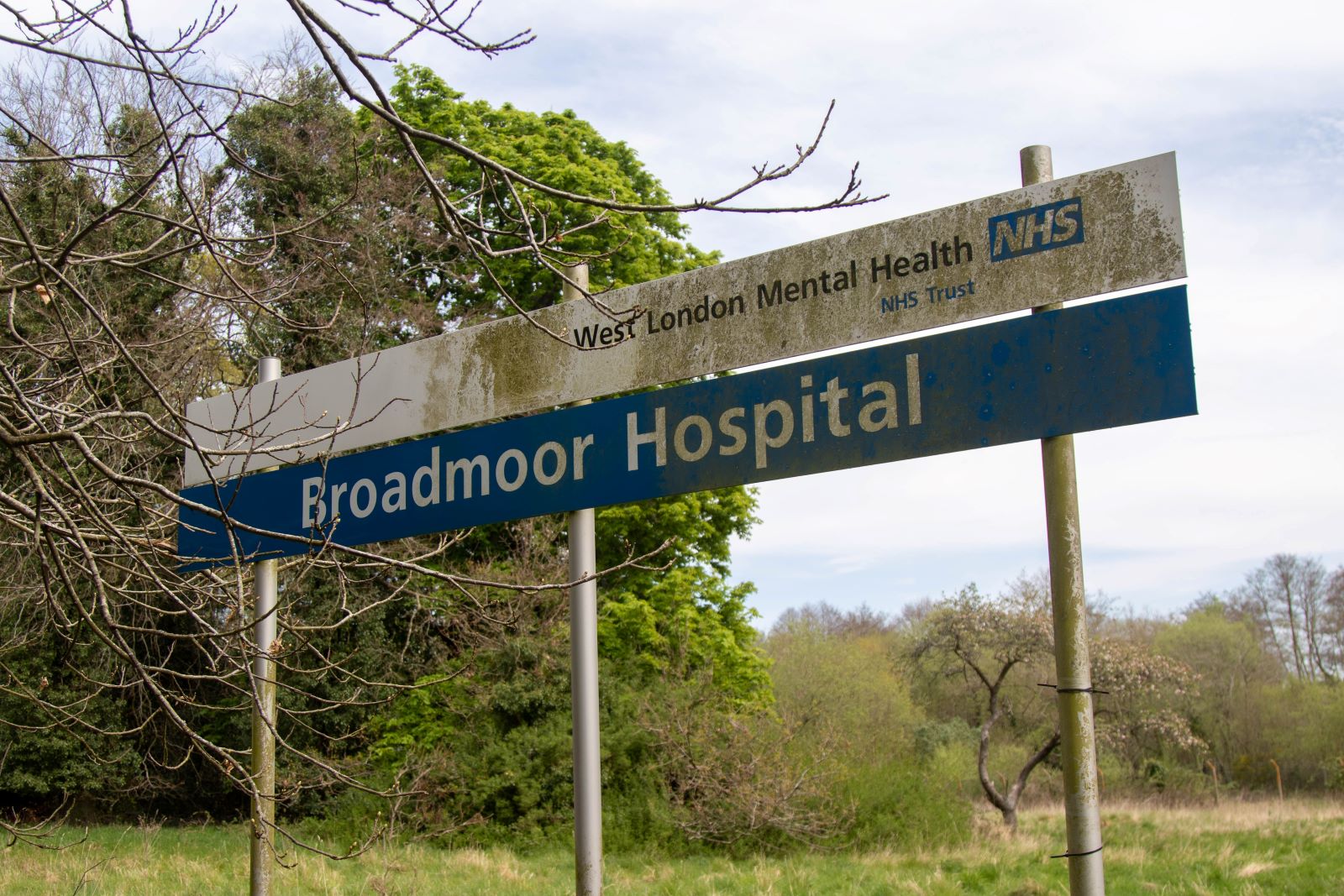Mental health in Britain is in crisis, yet key issues are being ignored. Why aren’t we talking about it?
1. The Overlooked Epidemic

Every year, 1 in 4 people in England will experience a mental health problem. Yet, despite the numbers, mental health is still treated as an afterthought in public policy. With the government’s attention elsewhere, millions continue to suffer in silence.
2. Weekly Battles with Anxiety

Anxiety and depression are part of daily life for many, with 1 in 6 people reporting common mental health issues every week. Yet access to mental health services remains limited, and waiting times stretch on for months, leaving those affected to fend for themselves.
3. Mixed Anxiety and Depression: Common but Ignored

8 in 100 people in England experience mixed anxiety and depression on a weekly basis. These common but debilitating conditions continue to fly under the radar, with little action taken to address their growing prevalence.
4. Generalised Anxiety Disorder (GAD): A Growing Problem

Anxiety isn’t just a passing feeling. 6 in 100 people are dealing with generalised anxiety disorder, a condition that impacts their ability to live a normal life. Despite this, mental health services are underfunded and overstretched.
5. Depression: The Lingering Shadow

Depression is a constant battle for 3 in 100 people every week. Yet, resources to tackle this growing issue are sparse, and access to help is often delayed, leaving many without the support they desperately need.
6. The Suicide Crisis

Mental health issues don’t just hurt—they kill. 1 in 15 people in England will attempt suicide in their lifetime. Despite this staggering statistic, suicide prevention efforts are chronically underfunded and overlooked in public discourse.
7. Self-Harm on the Rise

The number of people reporting self-harm increased by 62% between 2000 and 2014. This sharp rise highlights the growing despair within society, yet self-harm remains a taboo subject, rarely discussed openly.
8. Suicidal Thoughts: A Silent Struggle

1 in 5 people will experience suicidal thoughts during their lifetime. The stigma surrounding suicide prevents many from seeking help, and the lack of accessible services only exacerbates the problem.
9. NHS Mental Health Services: A Strain on Resources

In 2022/23, 3.58 million people were in contact with NHS-funded secondary mental health services. This represents over 6% of the population, yet services remain underfunded, with long waiting times and inadequate support.
10. Hull’s Mental Health Crisis

In Hull, a staggering 10.8% of adults were in contact with mental health services, the highest percentage in England. Despite these alarming figures, Hull, like many other regions, continues to face a shortage of mental health resources.
11. The Surge in Eating Disorders Among Youth

The number of 17 to 19-year-olds with eating disorders jumped from 0.8% in 2017 to 12.5% in 2023. This alarming increase has put immense pressure on the NHS, which is struggling to meet the demand for specialised mental health services for young people.
12. Young People’s Mental Health: Falling Through the Cracks

Last year, 700,000 children and young people received mental health support from the NHS. While this seems like progress, it’s just a fraction of those in need, leaving many without adequate care during their most vulnerable years.
13. Schools on the Frontline

The NHS has rolled out 398 Mental Health Support Teams in schools and colleges, covering 35% of pupils. But with more than half of pupils still left without direct support, this effort is far from enough to address the growing mental health crisis among young people.
14. The Young Are Struggling

20.3% of children aged 8 to 16 had a probable mental disorder last year. This shocking statistic raises serious concerns about the future, as mental health problems in childhood often continue into adulthood, with long-term consequences for society.
15. Mental Health Spending: A Drop in the Ocean

The NHS is projected to spend £16.8 billion on mental health services in 2023/24. While this might sound substantial, it represents just 14.2% of total NHS funding—a figure that many argue is insufficient to meet the growing demand for mental health care.
16. Recovery from Talking Therapies: A Mixed Picture

Of those who completed talking therapy treatment in 2022/23, 49.9% moved to recovery. This is just under the 50% target, but recovery rates vary widely, with some areas like West Sussex seeing 57%, while others, like Bath and North East Somerset, languish at 32%.
17. Waiting Times: A Test of Patience

The median waiting time for community mental health services is 45 days, with some waiting as long as 251 days. These delays can make the difference between recovery and a worsening condition, as many are left to cope alone.
18. Antidepressants: A Nation on Medication

The UK prescribed 89 million antidepressant items in last year alone, an increase of 3.3% from the previous year. This rise reflects the growing reliance on medication over more sustainable solutions like therapy, which remains underfunded and inaccessible for many.
19. Self-Harm: An Ongoing Crisis

1 in 14 people will self-harm during their lifetime. Despite this, self-harm remains a largely hidden issue, often brushed under the rug rather than addressed with the urgency it demands.
20. The Next Generation Is at Risk

20% of young people aged 17 to 19 reported probable mental health disorders in 2023. As mental health issues rise among younger generations, the future of the UK’s mental well-being looks increasingly uncertain.
Can Britain Afford to Ignore This?

How long can the UK afford to neglect its mental health crisis? When will policymakers take the necessary steps to address these growing issues? The clock is ticking, and the consequences are only getting worse.
Featured Image Credit: Shutterstock / WPixz.
For transparency, this content was partly developed with AI assistance and carefully curated by an experienced editor to be informative and ensure accuracy.
The images used are for illustrative purposes only and may not represent the actual people or places mentioned in the article.

